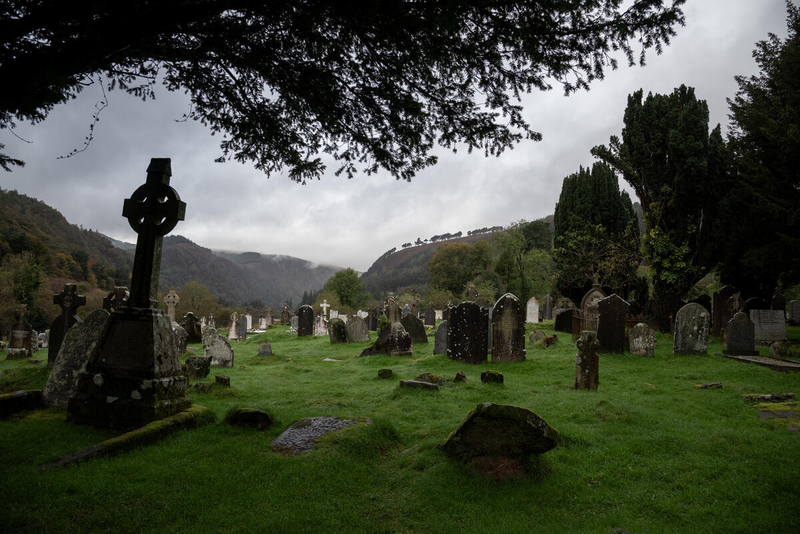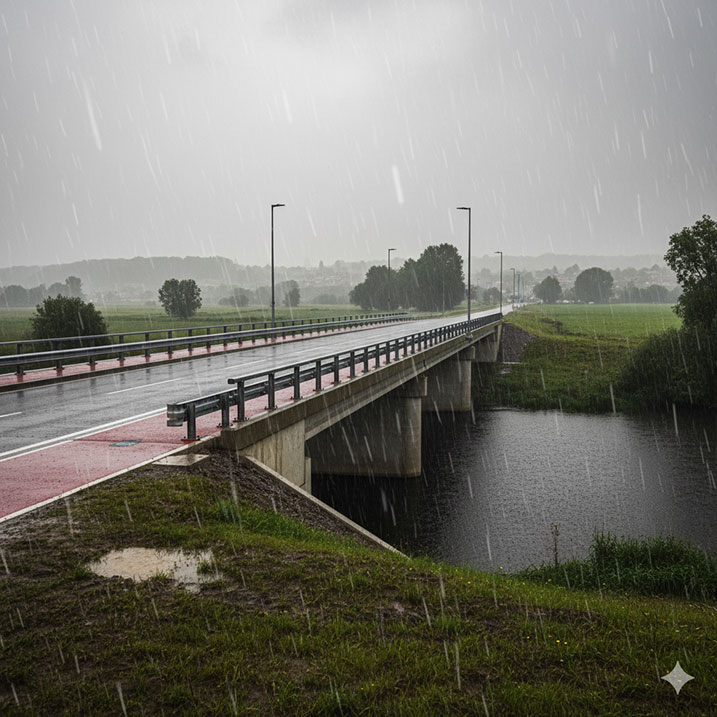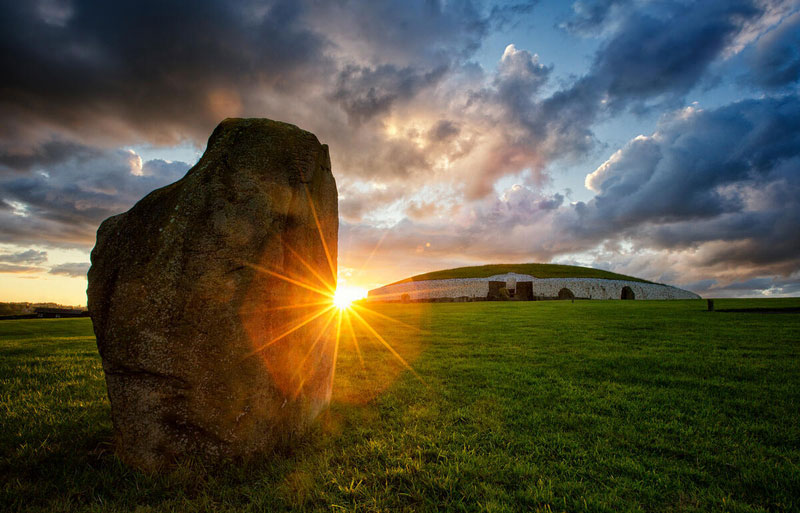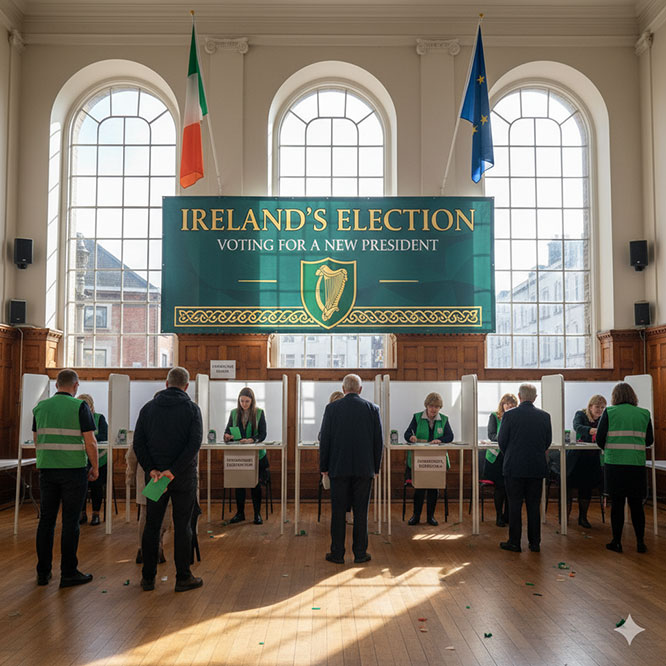While most of the world associates Halloween with plastic decorations and candy-filled pillowcases, Ireland, where the whole eerie business began over two thousand years ago, offers something altogether more authentic, more primal, and frankly, more unsettling in the best possible way. The ancient Celtic festival of Samhain marked not just the end of summer but the moment when the boundary between our world and whatever lies beyond grew dangerously thin, allowing spirits to wander freely among the living. What Americans treat as an excuse for miniature Snickers bars was, for the Celts, deadly serious business.
What Americans dismiss as candy-gathering pageantry began as something far more primal: the Celts’ deadly serious communion with wandering spirits.
Those massive communal bonfires that still light up Irish skies every October 31st? They weren’t for roasting marshmallows, they were spiritual protection, meant to ward off malevolent entities that might otherwise stick around past their welcome. The Irish understood that when the veil between worlds lifted, you didn’t just get friendly grandmothers popping by for a chat; you also risked encounters with púcas (mischievous sprites with shape-shifting tendencies), banshees, and assorted fairies whose idea of fun rarely aligned with human wellbeing.
This explains why the Irish took disguise so seriously. Those original costumes crafted from straw and animal pelts, nothing like today’s polyester monstrosities served dual purposes: hide from harmful spirits while participating in that liminal space between life and death. The tradition of trick-or-treating similarly stems from something more substantial than sugar acquisition; it evolved from collecting food for Samhain feasts and making offerings to appease wandering spirits.
And about those Jack-o’-Lanterns: Ireland carved turnips, not pumpkins, creating genuinely nightmarish lanterns inspired by the legend of Stingy Jack, a man condemned to wander the earth eternally with only a hollowed vegetable to light his way. When Irish emigrants brought these traditions to America in the nineteenth century, they discovered pumpkins were considerably easier to carve, a rare instance where convenience actually improved things.
Modern Ireland hasn’t abandoned these roots despite embracing fireworks displays and fancy dress parties. Halloween festivals throughout the country emphasize traditional storytelling and historic reenactment, preserving customs that predate Christianity’s attempt to sanitize everything into All Hallows’ Eve. The festival of the dead itself, Feile na Marbh, was documented at the royal court of Tara, demonstrating how deeply embedded these commemorations of mortality were in Ireland’s ancient culture.
The celebration remains genuinely communal, spanning all ages, because Samhain represented the Celtic New Year the threshold between light and dark, summer and winter, life and death. That agricultural and spiritual significance still resonates. Ireland’s ancient pagan calendar featured four major festivals Samhain, Imbolc, Beltaine, and Lughnasa each marking crucial seasonal transitions that shaped agricultural and spiritual life.
The Irish never forgot that Halloween honors ancestors while simultaneously protecting against those spirits you’d rather not invite home. They understood that seasonal shifts carry weight, that celebrating the dark half of the year requires acknowledging death alongside rebirth. Ancient Irish believed that avoiding the Sidhe realm was essential during Samhain when time itself could bend unpredictably within their supernatural domain.





